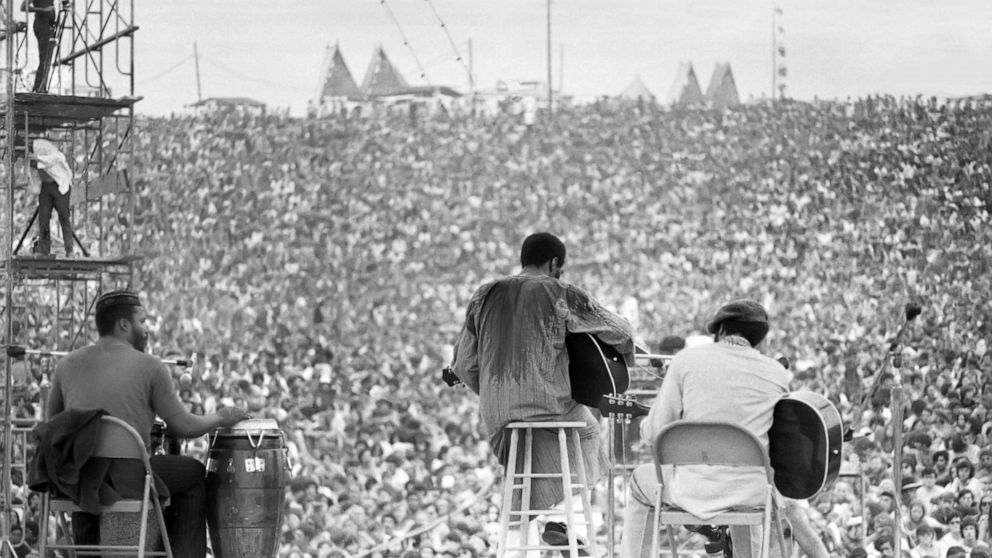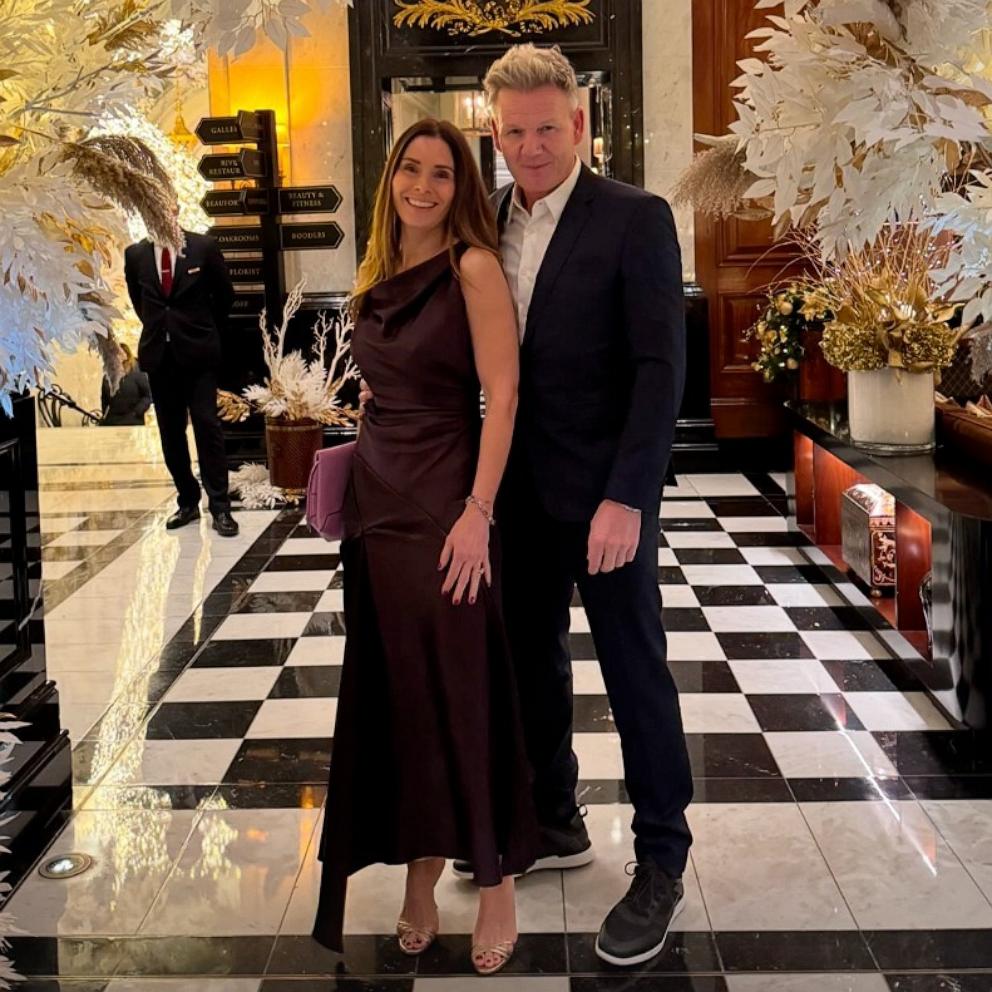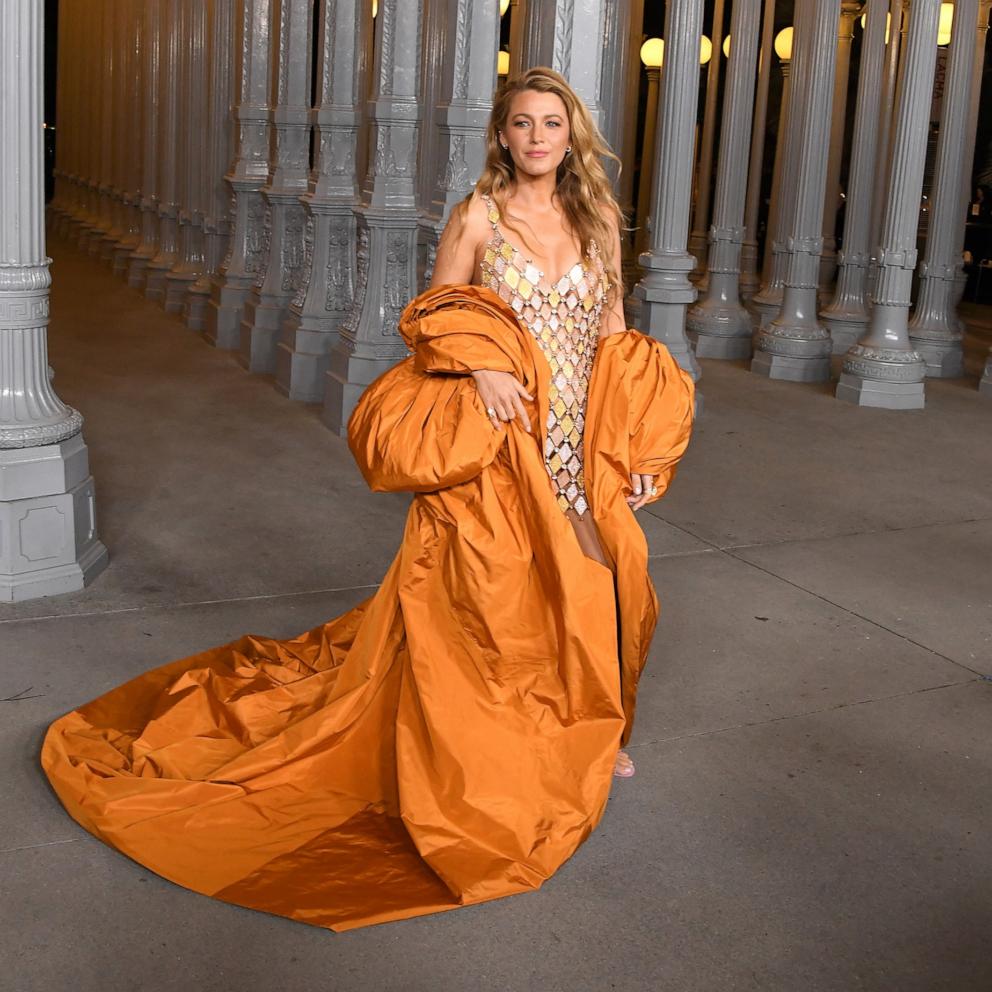Woodstock turns 50: How the most famous rock festival in history came together
Thursday marks the 50th anniversary of the start of the most famous rock festival in history -- the Woodstock Music and Art Fair.
The extravaganza, which took place at Max Yasgur's farm in Bethel, New York, ran from Aug.15 to the morning of Aug. 18, 1969.
It was one of the defining events of the decade and of the hippie era -- bringing together an estimated 400,000 people for a weekend of peace, love, drugs and, of course, rock 'n' roll.
Among the many artists who performed at Woodstock were Jimi Hendrix, Crosby, Stills, Nash & Young, The Who, Santana, Jefferson Airplane, Janis Joplin, Sly and the Family Stone, The Grateful Dead, Joe Cocker, Richie Havens, The Band, Creedence Clearwater Revival, Joan Baez, Ten Years After, Canned Heat, Arlo Guthrie, and Country Joe and the Fish.
The festival was documented for an Oscar-winning film by director Michael Wadleigh that not only focused on the performances, but also showed how, despite bad weather, traffic nightmares, food shortages and other issues, the concert-goers and local residents and authorities banded together to make the event a remarkably peaceful one.
Reflecting on Woodstock's legacy, David Crosby told ABC News recently that he feels the significance part of the festival was not its magnitude, but "that people were nice to each other for three days. … And we looked around and we said, 'Wow, this is what we were hoping for. Wow, we can hope!' And for a while, hope blossomed."
Creedence Clearwater Revival bassist Stu Cook shared similar sentiments, noting, "In my opinion, the whole experience was really about the audience, not the music. We were sort of the calling card to get people to show up. But if you look at the film, you'll see that the story is really the audience. The band is just the soundtrack."
Attendee Todd Strasser recalled the unique sense of comradery and "spirit of sharing and togetherness" that developed at the festival.
"Perhaps it grew out of the sense of wonder and astonishment that there were so many of us – music lovers, long hairs, counter culturalists, hippies, back-to-the-landers. It was like coming home to discover we had a much, much bigger family than we’d ever imagined," said Strasser, whose novel "Summer of '69" paints a picture of Woodstock and the hippie culture from his experience.
"I think we were celebrating the sense of freedom that came with the clear absence of uptight, straight, establishment rule. There were hundreds of thousands of us and it felt like we were completely on our own and could make our own rules. I suspect that without being entirely conscious of it, we intuited that it was up to us to make the festival work in spite of the weather, lack of food and shelter, and other hardships. And it was entirely unselfconscious. We weren’t trying to prove anything to 'the outside world.' We simply banded together to make it as positive an experience as we could."
Major Woodstock anniversary events were held in 1994 and 1999, with varying success, although a massive 50th anniversary celebration that was being put together by some of the original organizers was recently canceled after experiencing various well-publicized issues, primarily concerning financing and finding a venue for the event.
The venue at the site of the original festival, Bethel Woods Center for the Arts, is hosting a series of special concerts this weekend that includes performances by Ringo Starr and His All Starr Band on Friday, Santana on Saturday, and ex-Creedence frontman John Fogerty on Sunday.
In observance of the 50th anniversary, a humongous limited-edition box set featuring every recorded performance from the 1969 Woodstock festival was released earlier this month. "Woodstock: Back to the Garden -- The Definitive 50th Anniversary Archive" features 38 CDs and 432 tracks, running nearly 36 hours, with 267 of those tracks previously unreleased.




